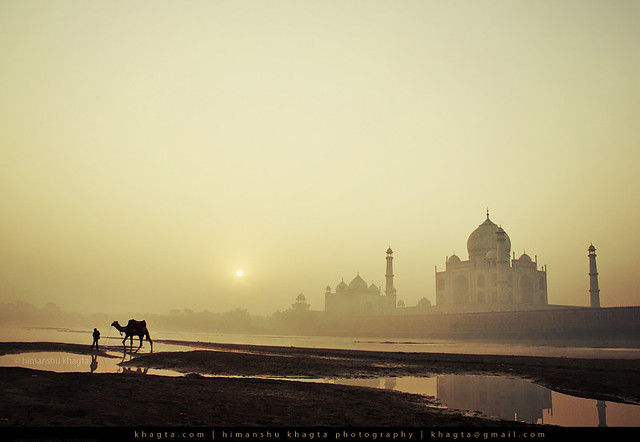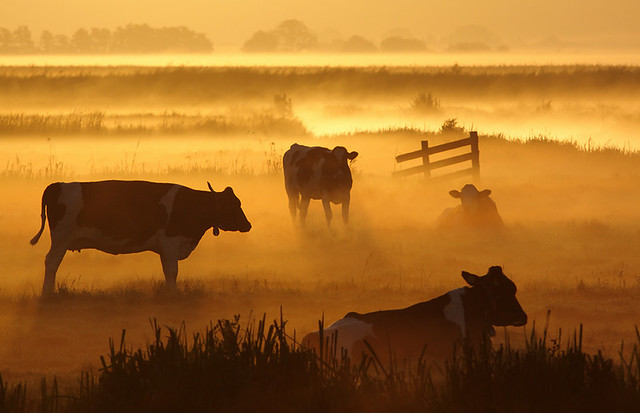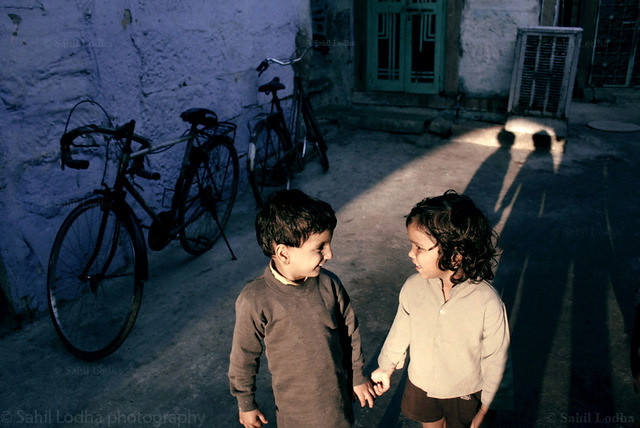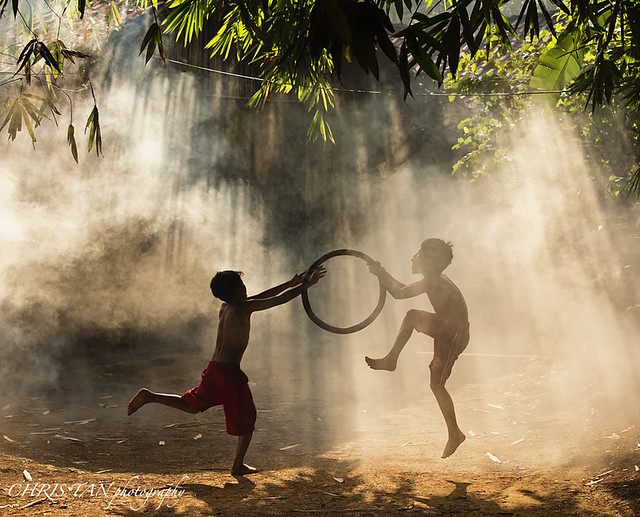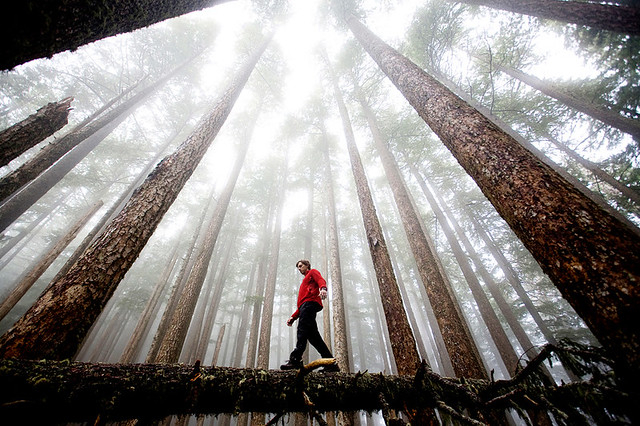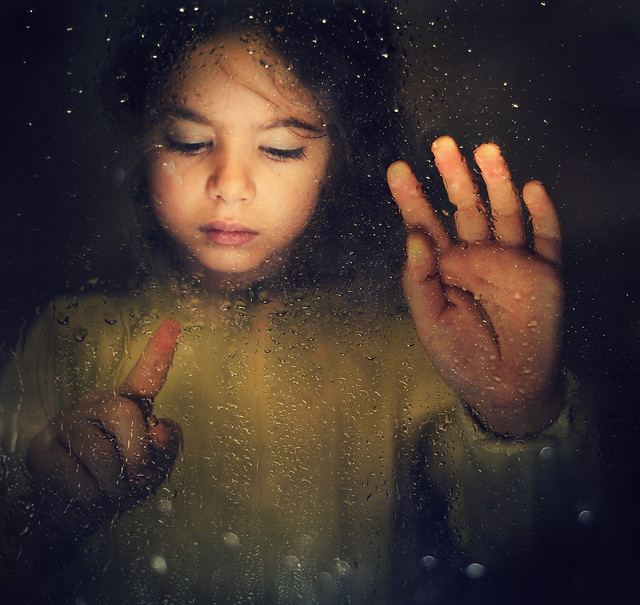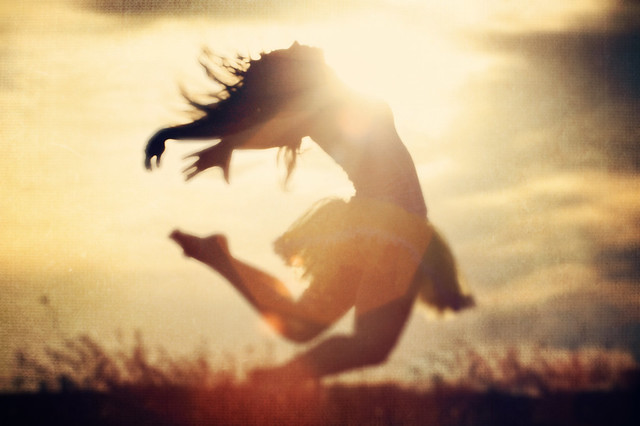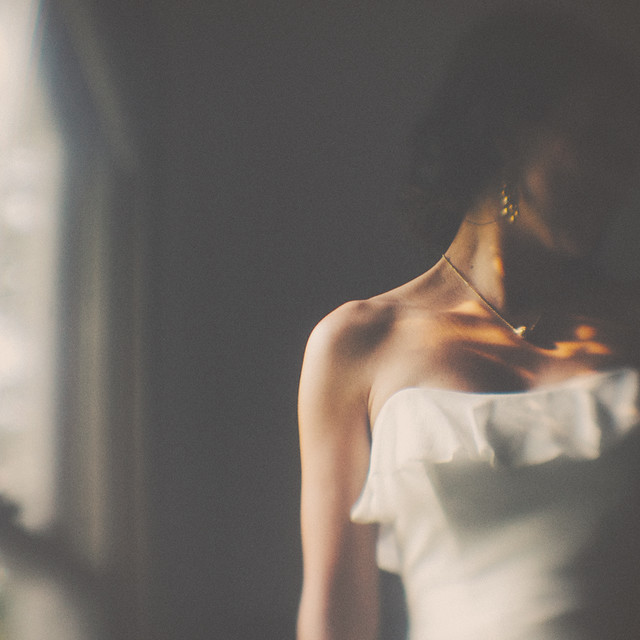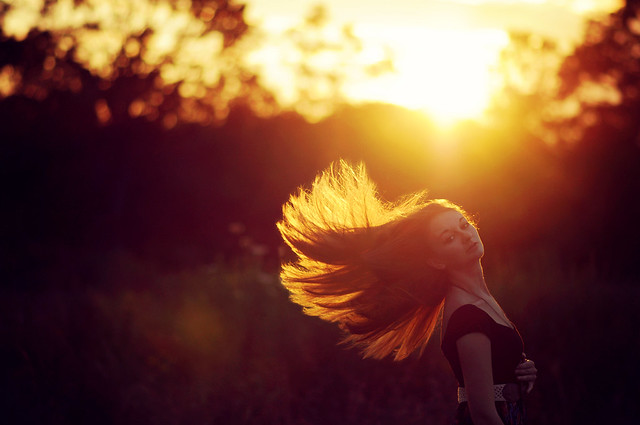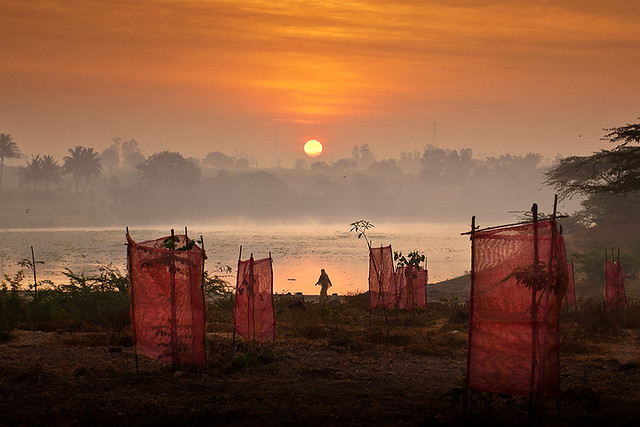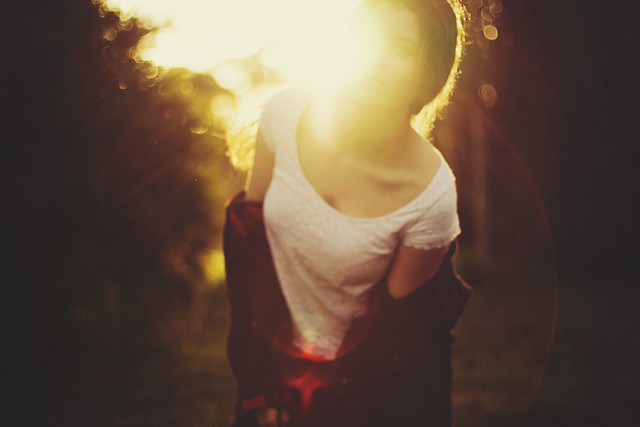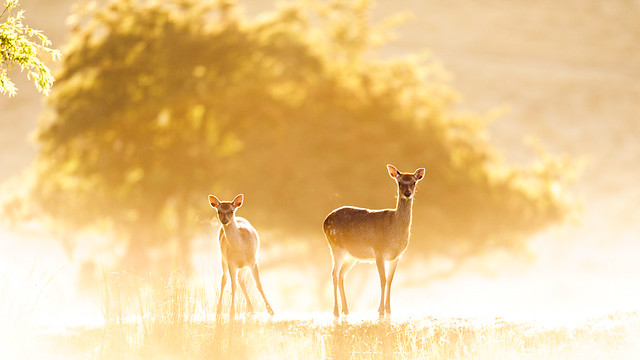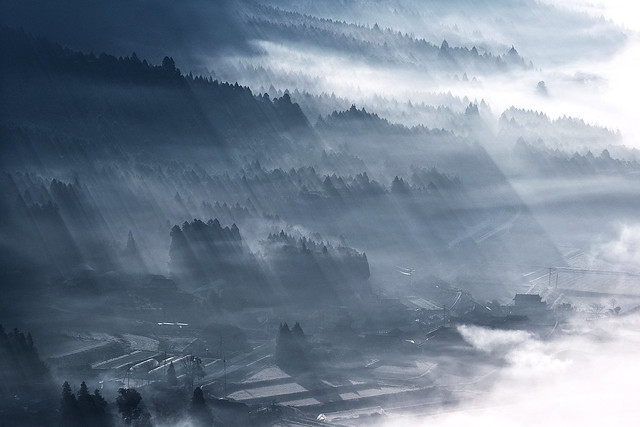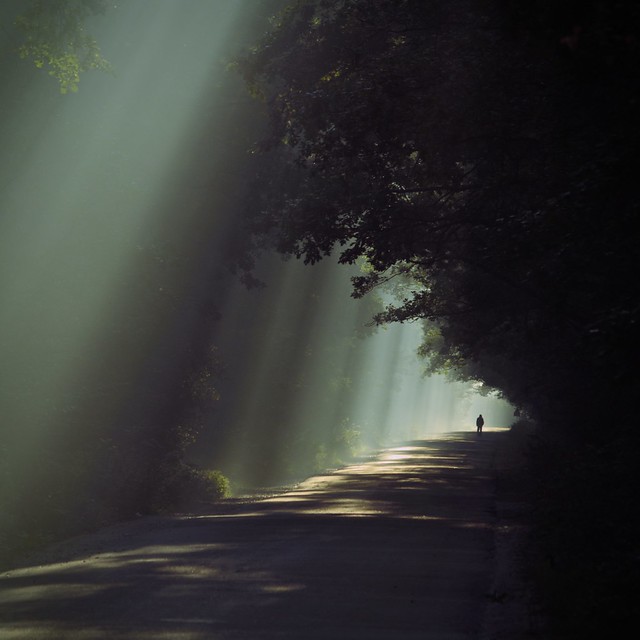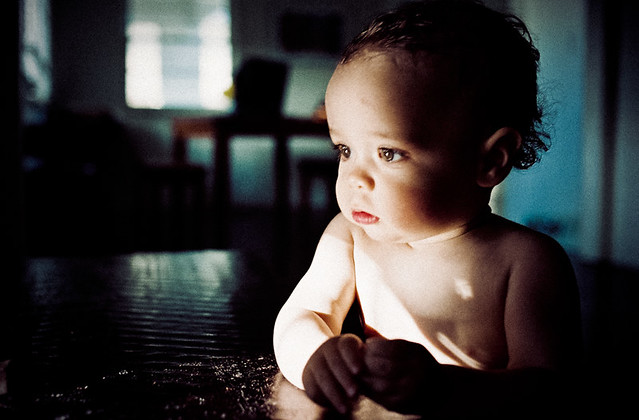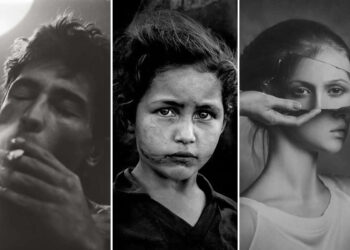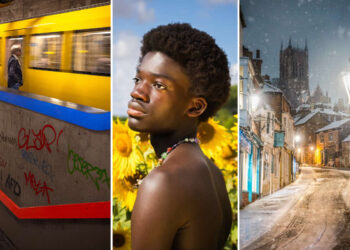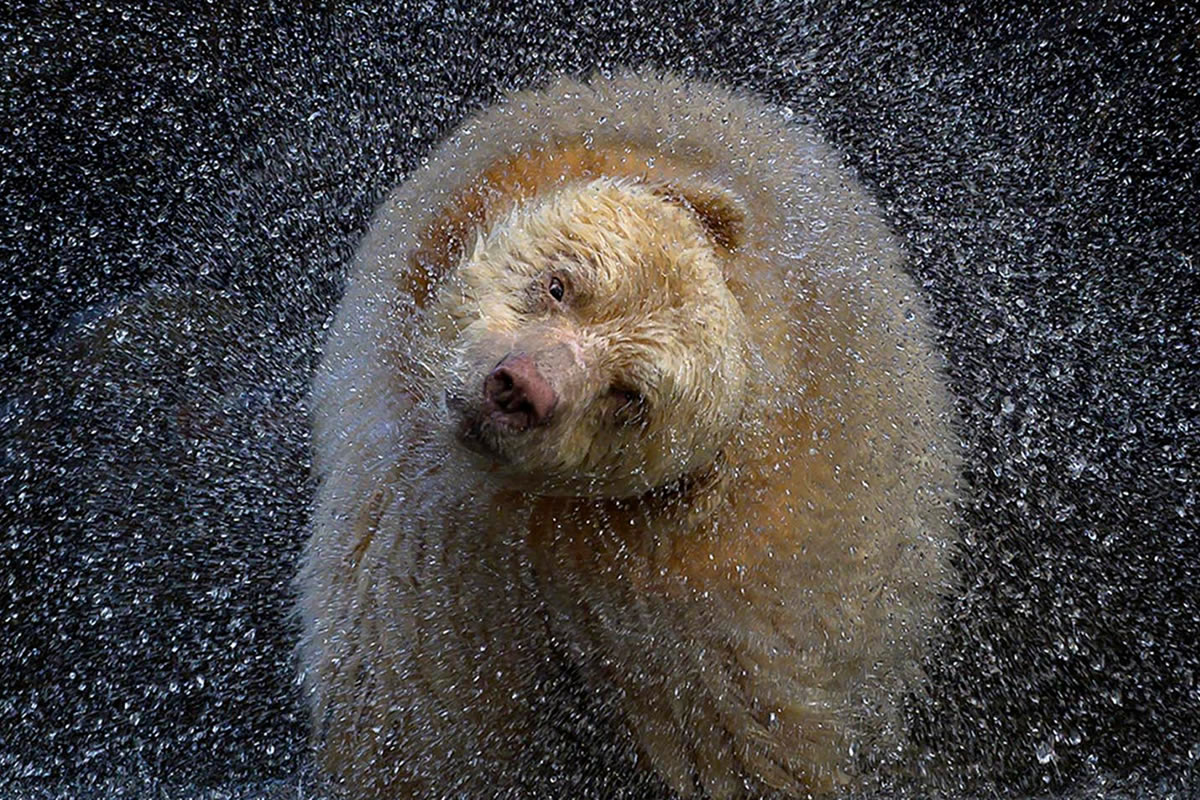Light is the essence of photography, shaping the mood, depth, and emotion of every image. Whether it’s the golden glow of sunrise, the dramatic contrast of shadows, or the ethereal beauty of soft candlelight, light has the power to transform an ordinary scene into something extraordinary.
The 22 striking photographs in this collection showcase how photographers master light to create breathtaking visuals. From cityscapes illuminated by neon signs to portraits bathed in warm sunlight, each image highlights the profound role light plays in storytelling and composition.
These photographs capture the magic of illumination in its many forms, proving that light is more than just a technical element—it’s the soul of photography. Whether using natural light to enhance textures or artificial light to create drama, each photographer in this collection demonstrates an expert understanding of how light interacts with color, shape, and perspective.
The way light is harnessed can evoke powerful emotions, from serenity to excitement, making these images not just visually stunning but deeply impactful. Through this collection, you’ll see how light transforms the ordinary into the extraordinary, reaffirming its role as the heart of photography.
Scroll down and inspire yourself. All photos are linked and lead to the sources from which they were taken. Please feel free to explore further works of these photographers on their collections or their personal sites.
#1
Photo Credit: Himanshu Khagta
#2
Photo Credit: Jessica Christ
#3
Photo Credit: Dale
Light Defines Exposure and Visibility
At its core, photography is the art of capturing light. The amount of light that enters your camera sensor determines exposure, affecting the brightness and details of your image. If there’s too much light, your photo will be overexposed, losing detail in bright areas. Too little light results in underexposure, making images dark and lacking clarity.
To control exposure effectively, photographers use three main settings, known as the Exposure Triangle:
- Aperture – Controls how much light enters through the lens. A wider aperture (lower f-number) allows more light, creating a brighter image and a shallow depth of field.
- Shutter Speed – Determines how long light hits the sensor. A slower shutter speed captures more light but may introduce motion blur, while a faster shutter speed freezes movement with less light intake.
- ISO – Adjusts the sensor’s sensitivity to light. A higher ISO makes the image brighter but can introduce noise or grain.
Balancing these three settings allows photographers to achieve the perfect exposure and capture well-lit images.
#4
Photo Credit: Pepijn Hof
#5
Photo Credit: Travayegeur (Sahil)
#6
Photo Credit: Kiara Rose
Light Shapes Mood and Emotion
Beyond technical aspects, light plays a significant role in setting the mood and evoking emotions in a photograph. Different lighting conditions create different atmospheres:
- Soft, diffused light (such as on a cloudy day or from a softbox) creates a gentle, dreamy, and flattering effect, ideal for portraits and nature photography.
- Golden hour light (shortly after sunrise or before sunset) produces warm, dramatic, and cinematic effects, perfect for landscapes and portraits.
- Harsh midday light (from direct sunlight) casts strong shadows and high contrast, often used for bold and striking imagery.
- Low-key lighting (dark backgrounds with controlled highlights) conveys mystery, drama, or intensity, commonly seen in cinematic and portrait photography.
By intentionally choosing and manipulating light, photographers can control the emotional impact of their images.
#7
Photo Credit: Sassy Chris
#8
Photo Credit: Mio Cade
#9
Photo Credit: Recordcx
#10
Photo Credit: Slavina Bahchevanova
Direction and Quality of Light Affect Composition
The direction from which light hits the subject affects the composition, depth, and texture of the image. Understanding the different lighting directions helps in crafting compelling shots:
- Front Lighting – Light comes from in front of the subject, minimizing shadows and creating an evenly lit image. This is great for beginner portraits but can sometimes look flat.
- Side Lighting – Light hitting the subject from the side enhances texture and depth, often used for dramatic and artistic effects.
- Backlighting – The light source is behind the subject, creating silhouettes or a glowing, ethereal effect when properly exposed.
- Top Lighting – Often used in fashion photography, this creates strong shadows beneath facial features, adding drama.
Aside from direction, light quality matters too. Soft light (diffused, spread-out light) is ideal for gentle and even illumination, while hard light (direct and sharp-edged) creates bold shadows and high contrast. Choosing the right combination of light direction and quality enhances composition and storytelling.
#11
Photo Credit: CTR Image Photography
#12
Photo Credit: Heather Gilson & Jon Almeda
#13
Photo Credit: Makayla Rogers
#14
Photo Credit: Nadav Bagim
How to Manipulate Light for Better Photography
Achieving the best lighting requires both natural and artificial light manipulation. Here are some key techniques:
- Use reflectors and diffusers – A reflector bounces light back onto the subject, reducing harsh shadows, while a diffuser softens light for even exposure.
- Change your shooting position – Moving around your subject changes how light interacts with it, allowing you to find the most flattering angle.
- Use artificial lighting – Flash, LED panels, and studio lights provide complete control over light intensity and direction, making them essential for indoor and controlled photography settings.
- Adjust white balance – Light has different color temperatures, and setting the correct white balance ensures accurate colors in your images.
- Experiment with shadows – Shadows can add drama, mystery, or artistic flair to an image. Playing with light angles can create stunning shadow compositions.
By mastering these techniques, photographers can take full control over their lighting and create more impactful images.
#15
Photo Credit: Swapnil Jedhe
#16
Photo Credit: El.Justino
#17
Photo Credit: Alessandro cirillo
Understanding Natural vs. Artificial Light
Both natural and artificial light have their own advantages and can be used creatively depending on the situation.
- Natural Light – Sunlight is the most accessible and often preferred light source. It changes throughout the day, offering different moods and styles. The golden hour provides warm, soft light, while midday light is harsher and casts stronger shadows. Photographers can modify natural light using reflectors, diffusers, or by changing their position.
- Artificial Light – Studio lights, flash, and continuous LED lighting provide full control over brightness, direction, and color. Artificial lighting is essential for product photography, portrait studios, and low-light situations where natural light isn’t available.
Understanding when to use natural or artificial light (or a mix of both) allows photographers to adapt to any setting and achieve their desired effects.
#18
Photo Credit: Caitlyn East
#19
Photo Credit: Andrew
#20
Photo Credit: Junya Hasegawa
Conclusion
Light is the foundation of photography, influencing exposure, mood, composition, and storytelling. Whether you’re shooting in natural or artificial light, knowing how to manipulate it effectively is key to creating visually stunning images. By mastering techniques such as adjusting the exposure triangle, controlling light direction, and using modifiers like reflectors and diffusers, photographers can harness the true power of light. Whether capturing soft, dreamy portraits or bold, dramatic landscapes, light remains the heart of photography—and learning to use it effectively is the key to elevating your skills.
#21
Photo Credit: Jacek Ksiazek
#22
Photo Credit: Josh Soskin


